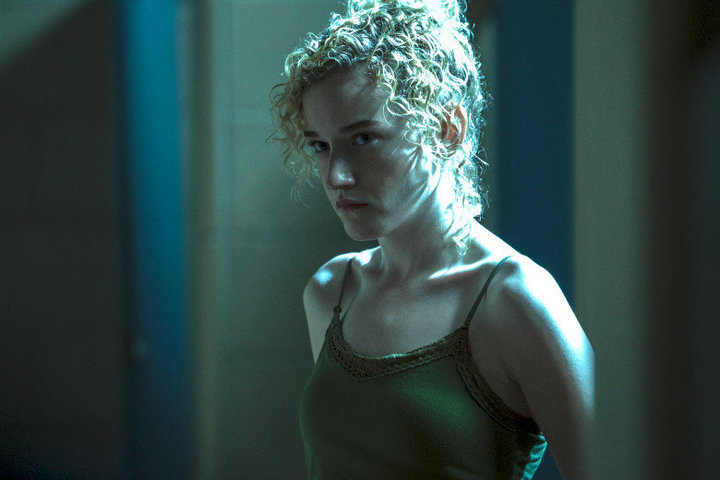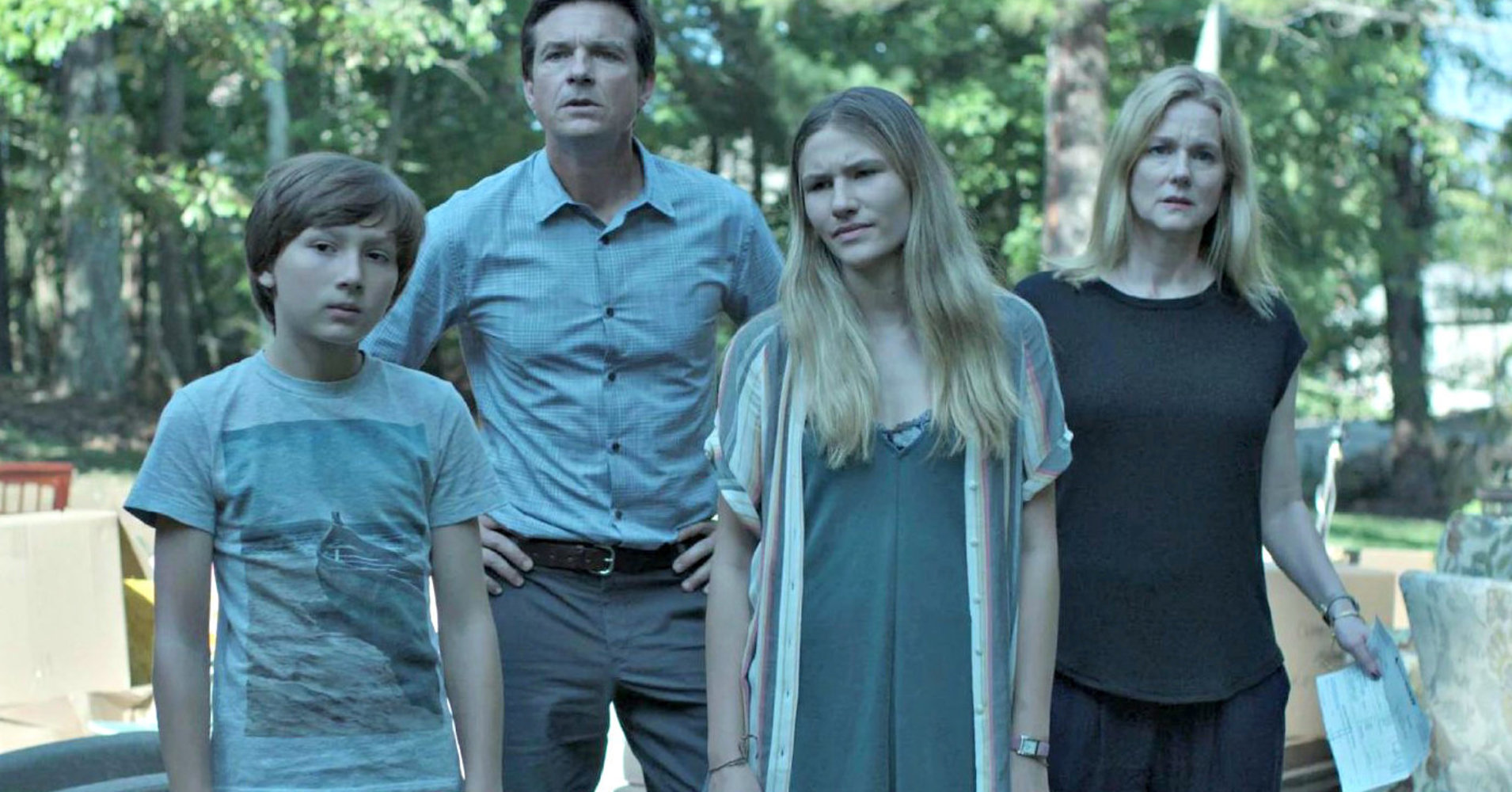[ad_1]
White families are involved in a lot of crime, at least on television.
Netflix’s “Ozark” is the latest example. Jason Bateman and Laura Linney star as Marty and Wendy Byrde, whose loose connection to a drug cartel in Chicago devolves into a full-fledged life of crime in the Ozarks. Created by Mark Williams and Bill Dubuque, the show is a noir tale about money laundering that aspires to be the highest-quality prestige television, but just misses. Still, it’s good enough to be diverting.
Part of the appeal of “Ozark” is the unexpected. We don’t expect to see Marty, a white dad and corporate accountant, mixing it up with members of a Mexican drug cartel. We don’t expect to see Wendy, a white mom and political consultant, wrangling with the head of a criminal enterprise and coming out on top.
“Ozark” is part of a genre we might call white crime family drama. Other entrants include “Breaking Bad,” “Bloodline” and “Weeds.” What their fans may not recognize is that all these shows rely on subverting ― while never entirely abandoning ― audience expectations about the inherent goodness of white families.
‘Ozark’ is part of a genre we might call white crime family drama. Other entrants include ‘Breaking Bad,’ ‘Bloodline’ and ‘Weeds.’
Marty Byrde is a contemporary patriarch, a guy-next-door sort who is always half a step behind his smarter wife. He becomes involved with money laundering because he’s good with numbers and, through no fault of his own, he’s in trouble with his chief client, a drug cartel. Also, his wife is having an affair. Betrayed by a bumbling business partner (who ends up dead) and an unfaithful wife, Marty sees himself as a man who is doing his best but is forced into a life of crime by other people’s poor choices.
Even though their marriage is on shaky ground, Marty convinces Wendy to go to the Ozarks with him, and they bring their two children along. Eventually, each of them is implicated in the new family business: crime.
Together, Wendy and Marty are clear about what motivates their life of crime: It is always “for the family.” When Wendy tells Marty she bought a house so they can launder money through construction costs, she says she feels good about it because she “did it for our family.”
Then, she asks Marty, “What’d you do today ― for our family?”
“Bought a strip club,” he replies.
Together, Wendy and Marty are clear about what motivates their life of crime: It is always ‘for the family.’
In “Ozark,” as in other white crime family dramas, the characters manage to justify every horrendous deed ― even murder ― because it was done “for the family.” These are anti-heroes, to be sure, but their moral and ethical dilemmas are meant to be sympathetic, because who among us wouldn’t do everything possible for our family? If the audience wants to think these felons-in-the-making are not as bad as the “real criminals,” the show gives them some room to do so.
“Ozark,” now in its second season, is often compared to “Breaking Bad” (2008-2013), and with good reason. In that critically acclaimed show, Bryan Cranston plays Walter White, the angry white man of the post-2008 financial crash, who is driven to the meth trade because he cannot afford to pay his medical bills. White turns to manufacturing meth when the system that he expects to reward his skills ― he is an excellent chemistry teacher ― fails him. As he grows increasingly violent, he becomes more insistent that his crimes are about saving his family, no matter how many other lives are destroyed in the process.

Netflix
A similar theme plays out in “Weeds” (2005-2012). Nancy Botwin (Mary Louise Parker) is thrown into financial peril when her husband dies. She reaches out to an African-American weed distributor, Heylia James (Tonye Patano), and begins selling marijuana in order to support her family. Nancy is depicted as a clueless, iced-coffee-sipping white girl, and one appeal of the show is watching her navigate the drug world, where she’s naive and out of place. In contrast, Heylia ― who is also raising a family ― is at home in this world, but nobody greenlit a sequel focusing on her life.
In all of these shows, part of the drama and the comedy and the surprise depends on these families being white. Their whiteness is largely not discussed. But the juxtaposition between what audiences expect from these moms and dads and kids ― innocence and stability ― and what we see characters doing ― committing crimes and trying not to fall apart ― is intrinsic to the programs’ appeal.
In all of these shows, part of the drama and the comedy and the surprise depends on these families being white.
White crime family dramas actually rest on the subversion of two expectations. The first is the widely held belief (at least among white people) about the inherent wholesomeness of white families, and the second is the false notion (again most popular among white people) that criminals are almost always individuals of some color other than white.
The reality is that white families are no more or less wholesome than any other families. A majority of most violent crimes against white people are committed by other white people, and white people are far more likely to commit white collar crime.
One could argue that we need racial and ethnic diversity in the representation of crime families. Writing more criminals who are black, Latinx or Asian would only reinforce existing stereotypes about race and crime, and we have plenty of shows doing that already.
The stories we tell ourselves matter, even when they come in the form of middling shows like “Ozark.” When stories about white crime families rest on ideas about the supposed goodness of white people, they reinforce a whole apparatus of assumptions, benefits of the doubt and second chances afforded to white people who cheat, steal, rape or kill someone.
Those set of assumptions that animate “Ozark” are also the same ones that have enabled the white crime family that’s currently installed in the White House.
Jessie Daniels is a professor at the City University of New York and the author of the forthcoming book Tweetstorm: The Rise of the “Alt-Right” and the Mainstreaming of White Nationalism.
[ad_2]
Source link

